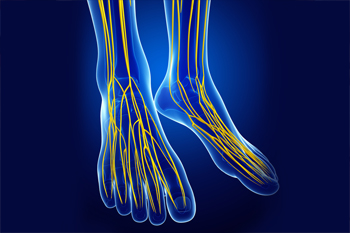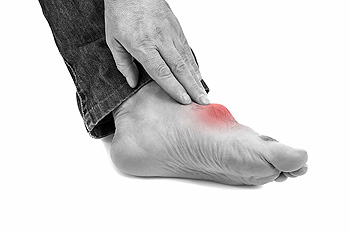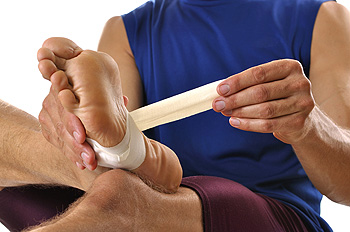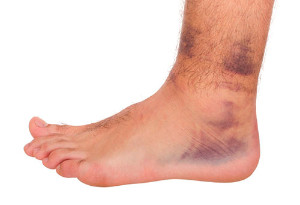 The arthritic condition that is referred to as gout has been known and treated for more than two thousand years. It mostly affects men and can cause sudden pain in the joints of the big toe. The symptoms many patients experience can include severe pain and discomfort, swelling, and extreme tenderness. It may be difficult to walk, and anything that touches the affected area may cause significant pain. It is caused by excess levels of uric acid in the bloodstream. Crystals can form as a result of this, and lodge to the joints of the body. It can be described as if pins were in between the joints of the big toe, which can cause severe inflammation. The level of uric acid may increase if certain foods are eaten. These can consist of red meat, shellfish, and sugary drinks. If you are prone to having gout attacks, it is suggested that you consult with a podiatrist who can help you to manage this condition.
The arthritic condition that is referred to as gout has been known and treated for more than two thousand years. It mostly affects men and can cause sudden pain in the joints of the big toe. The symptoms many patients experience can include severe pain and discomfort, swelling, and extreme tenderness. It may be difficult to walk, and anything that touches the affected area may cause significant pain. It is caused by excess levels of uric acid in the bloodstream. Crystals can form as a result of this, and lodge to the joints of the body. It can be described as if pins were in between the joints of the big toe, which can cause severe inflammation. The level of uric acid may increase if certain foods are eaten. These can consist of red meat, shellfish, and sugary drinks. If you are prone to having gout attacks, it is suggested that you consult with a podiatrist who can help you to manage this condition.
Gout is a foot condition that requires certain treatment and care. If you are seeking treatment, contact one of our podiatrists from Westside Podiatry Center, LLP. Our doctors will treat your foot and ankle needs.
What Is Gout?
Gout is a type of arthritis caused by a buildup of uric acid in the bloodstream. It often develops in the foot, especially the big toe area, although it can manifest in other parts of the body as well. Gout can make walking and standing very painful and is especially common in diabetics and the obese.
People typically get gout because of a poor diet. Genetic predisposition is also a factor. The children of parents who have had gout frequently have a chance of developing it themselves.
Gout can easily be identified by redness and inflammation of the big toe and the surrounding areas of the foot. Other symptoms include extreme fatigue, joint pain, and running high fevers. Sometimes corticosteroid drugs can be prescribed to treat gout, but the best way to combat this disease is to get more exercise and eat a better diet.
If you have any questions please feel free to contact one of our offices located in Liverpool, Camillus, Skaneateles, Oswego, and Cicero, NY . We offer the newest diagnostic and treatment technologies for all your foot and ankle needs.









